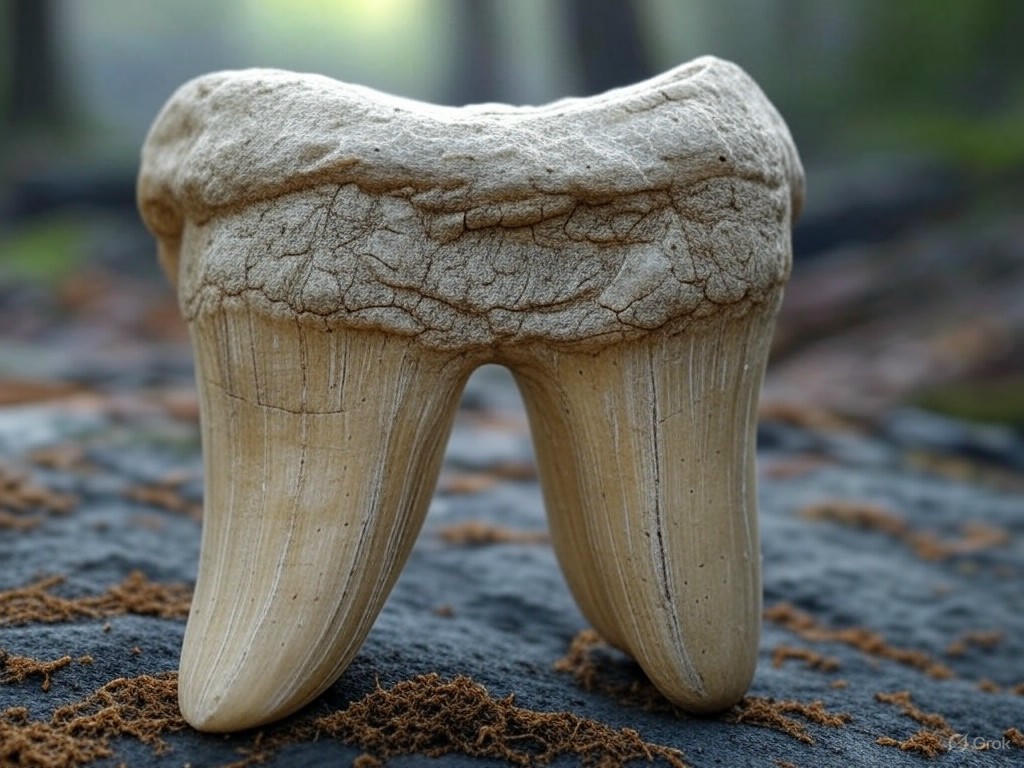Ancient Teeth Rewrite the Story of Prehistoric Human Evolution
A groundbreaking discovery in the field of paleoanthropology has shaken long-held beliefs about early human evolution. Researchers have uncovered startling evidence from the enamel proteins of 2-million-year-old teeth belonging to Paranthropus robustus, a species once thought to be a distant relative of modern humans. This finding, derived from fossilized remains in southern Africa, suggests that our prehistoric ancestors may have been far more diverse and complex than previously imagined.
For decades, scientists have categorized Paranthropus robustus as a robust, heavy-jawed hominin with a specialized diet of tough vegetation. The prevailing theory painted this species as a evolutionary dead-end, a branch of the human family tree that diverged and eventually went extinct without contributing to the lineage of Homo sapiens. However, the latest analysis of ancient dental proteins tells a different story. By meticulously studying the molecular structure preserved in the tooth enamel, researchers identified unexpected genetic variations within the species. These variations hint at a level of adaptability and interbreeding that challenges the notion of Paranthropus as an isolated group.
The teeth, unearthed from a fossil-rich cave system, were subjected to cutting-edge proteomic analysis, a technique that allows scientists to extract and sequence proteins even from specimens millions of years old. What they found was a mosaic of traits—some aligning with other early hominins, and others unique to Paranthropus robustus. This suggests that the species may have interacted with neighboring groups, possibly sharing genetic material through interbreeding. Such interactions could have played a pivotal role in shaping the evolutionary path of early humans, blurring the lines between distinct species.
This discovery also raises intriguing questions about the environment in which Paranthropus robustus lived. The diversity in their genetic makeup might indicate that they were not as rigidly tied to a single diet or habitat as once thought. Instead, they could have been opportunistic survivors, adapting to changing climates and food sources over millennia. This adaptability may have allowed them to coexist with other hominins, including early members of the Homo genus, for longer than previously assumed.
As researchers continue to piece together this evolutionary puzzle, the implications of this study extend beyond Paranthropus robustus. It prompts a reevaluation of how we define species boundaries in the distant past and underscores the importance of advanced technologies in uncovering hidden chapters of our history. The story of human evolution, it seems, is not a straight line but a tangled web of connections, adaptations, and surprises.
This remarkable find serves as a reminder of how much there still is to learn about our origins. Each fossil, each protein, and each fragment of ancient life brings us closer to understanding who we are and where we came from. As science advances, the narrative of our past continues to evolve, promising even more revelations in the years ahead.


